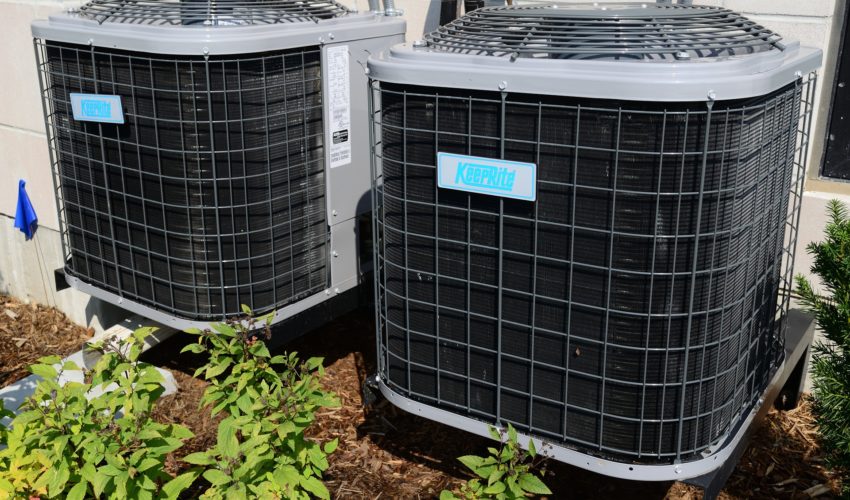You might have heard about the ongoing phase out of R22, the widely used air conditioning refrigerant also known as Freon. Refrigerants like R22 are an essential part of air conditioning systems, but per the US Environmental Protection Agency, the production and import of R22 will be completely outlawed on January 1, 2020. If you’re left wondering how that might affect you and your air conditioner, you’re not alone. What we’ve found is that many of our customers aren’t aware of the huge effect this law will have on their air conditioning unit.
If you’re the owner of an older AC system or a commercial AC unit using R22, right now is the time to create and implement a plan. We’re here to help you figure out your strategy now and avoid a costly emergency replacement in a breakdown situation.
Why is R22 being phased out?
It may feel sudden, but the US government has actually been regulating commercial refrigerants for decades. The public has known since the 1970s that HFCFs and CFCs degrade the ozone layer, and R22 is the worst contributor to this. The good news is that less harmful alternative refrigerants now exist. While it may be inconvenient in the short-term for owners of older air conditioners that use R22, moving away from Freon is an environmentally-responsible step forward. You can read more about the effect of R22 and the EPA’s regulation around it on the EPA’s website.
What does this mean for me?
The EPA has mandated the production and import of R22 be stopped at the end of 2019, but has not outlawed the use of air conditioning systems that utilize Freon. As the availability of R22 decreases and consumers continue using the finite supply, it will drive up prices for the remainder of the available R22. We’ve already begun to see prices skyrocket in recent years as the production of R22 has slowed down in anticipation of the hard-stop date. If you’re the owner of an AC system or commercial unit that uses R22, you’ll need to make a plan as the availability of R22 becomes increasingly limited and expensive. Eventually, you’ll need to replace your system to one that uses an approved refrigerant.
What are my options going forward?
Owners of units using R22 have a couple of different options in the short-term.
Option 1: Do nothing and take the risk
If your equipment is in good shape, less than eight years old, free of leaks and is properly maintained, you can likely squeeze a couple of years out of it before needing additional refrigerant. This might make sense for you to do if you’re planning on moving soon and if you absolutely cannot replace your unit at this time. In this scenario, we highly recommend regular tune-ups and maintenance to prevent any huge problems.
Unfortunately, this method means any repairs or refrigerant needs will become increasingly expensive. If your system fails, you may be faced with a long wait for emergency replacement parts, and the total expense may, over time, add up to much more than replacing your unit.
Option 2: Retrofit your existing unit to use an alternative refrigerant
It is possible to modify your existing unit to utilize an approved refrigerant. This option can work if you need to delay a complete replacement, but comes with several downsides. There are technical limitations to this option, and not all units may be a good candidate for retrofitting. We’ve also seen instances of reduced efficiency in units that have been retrofitted, meaning a reduction in comfort and an increase in cooling costs. We don’t recommend this method, but can consult with you on whether this makes sense in your situation.
Option 3: Replace your old unit with modern equipment
Making a plan to replace your equipment that utilizes R22 is the smartest move. By planning out your air conditioning replacement, you can eliminate the risk of an emergency situation and an unexpectedly expensive repair. Given the intense heat in San Antonio, an emergency breakdown can have major implications on residential comfort and can even force businesses to close. Making a plan for replacement means you won’t be forced to operate without A/C in Central Texas. Newer systems are also more energy efficient and can be more effective at cooling your facility or home, meaning you could reduce your monthly utility bill and be more comfortable!
With a little strategy, the R22 ban doesn’t have to be a huge inconvenience or unplanned expense. Give North East Air Conditioning, Heating and Plumbing a call and we can help you work out a plan to become R22-free.


